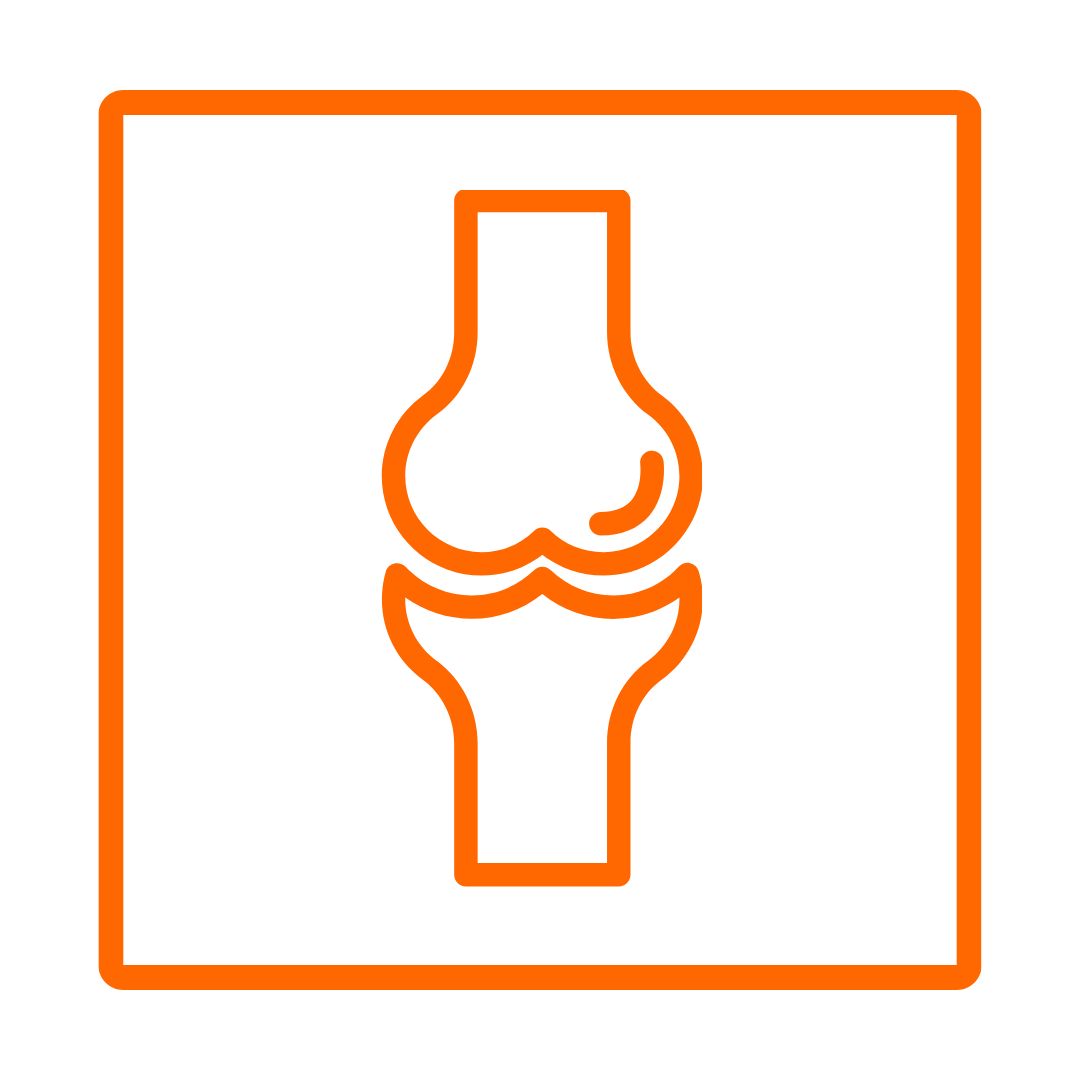
The Science of Heat Therapy
What It Is
Heat therapy, also known as thermotherapy, involves applying heat to the body to treat injuries, pain, or discomfort, particularly in muscles, joints, and soft tissues. It can be administered in various forms, such as heating pads, hot water bottles, or heated wraps. By raising the temperature of the affected area, heat therapy helps increase circulation and metabolic activity in tissues, leading to a soothing and restorative effect. This therapy is commonly used for managing chronic pain conditions like arthritis or for speeding up recovery from acute injuries like muscle strains.
How It Works
Heat therapy works by dilating blood vessels, which increases blood flow to the affected area. This enhanced circulation brings oxygen and nutrients necessary for tissue repair while helping to remove metabolic waste. The warmth also reduces muscle stiffness by relaxing muscle fibers and connective tissue, allowing for increased flexibility and range of motion. Additionally, heat therapy can reduce pain by activating sensory receptors that inhibit pain signals and by encouraging the release of endorphins, which are natural pain-relieving chemicals in the body. This combination of physiological effects promotes quicker recovery and more efficient healing.
Why It's Important
Heat therapy is crucial for its role in both pain management and rehabilitation. By reducing muscle stiffness and increasing tissue elasticity, it improves joint function and mobility, making it easier for individuals to engage in physical activity without discomfort. This is especially important for athletes who need faster recovery between workouts or for individuals dealing with chronic musculoskeletal issues. The therapy’s anti-inflammatory effects are also vital in managing conditions like tendinitis or soft tissue injuries, where controlling swelling is essential for healing. Overall, heat therapy is an integral tool for improving musculoskeletal health, promoting long-term well-being, and enhancing athletic performance.
Key Benefits of Heat Therapy
Heat therapy offers a wide range of benefits that are crucial for managing musculoskeletal (MSK) health and enhancing performance. Its ability to alleviate pain, increase circulation, reduce muscle stiffness, and accelerate healing makes it an invaluable tool for injury recovery, chronic pain management, and performance optimization.
-

Alleviate Pain
Heat therapy is widely known to alleviate pain by boosting blood flow to affected areas. This increased circulation delivers oxygen and nutrients to muscles and joints, effectively reducing pain from conditions like muscle strains, arthritis, and chronic pain.
-

Boost Blood Flow
By promoting vasodilation, heat therapy enhances blood flow to muscles and joints. This increase in circulation accelerates tissue repair, reduces muscle soreness, and speeds up recovery from injuries.
-

Enhance Muscle Relaxation
Heat therapy relaxes muscles by warming up muscle fibers and improving tissue elasticity, which results in less stiffness and greater range of motion. This is particularly helpful for individuals recovering from injuries or experiencing chronic muscle tightness.
-

Reduce Joint Stiffness
Applying heat to joints alleviates stiffness, especially for those suffering from conditions like osteoarthritis or rheumatoid arthritis. Heat increases joint mobility and allows for smoother, less painful movement.
-

Fight Inflammation
Heat therapy exerts mild anti-inflammatory effects by increasing blood flow and helping clear metabolic waste from inflamed areas, reducing swelling and discomfort. This is beneficial in conditions involving soft tissue injuries.
-

Retard Muscle Atrophy
Heat therapy slows down muscle atrophy by improving blood circulation and maintaining cellular activity. This is essential for individuals recovering from injuries or with limited mobility, as it helps preserve muscle mass during periods of inactivity.
-

Improve Performance
Heat therapy enhances muscle performance by preparing tissues for activity through increased flexibility and tissue elasticity. Post-activity, it aids in faster muscle recovery by reducing soreness and promoting quicker tissue repair.
-

Accelerate Healing
Heat therapy boosts metabolic activity, accelerating tissue repair and regeneration. This makes it particularly effective for treating sprains, strains, and soft tissue damage, enabling faster recovery.
-

Promote Relaxation
By encouraging the release of endorphins, heat therapy fosters both mental and physical relaxation. The warmth reduces stress and anxiety, while also loosening muscle tension, contributing to overall well-being.
Heat therapy provides a comprehensive array of therapeutic benefits, from pain relief and enhanced circulation to muscle relaxation and anti-inflammatory effects. By also helping to retard muscle atrophy and improve performance, it becomes an invaluable tool for musculoskeletal recovery, injury prevention, and overall well-being.
"Heat therapy has been shown to significantly reduce musculoskeletal pain and stiffness by improving tissue flexibility, reducing inflammation, and enhancing blood flow, which accelerates healing and recovery."
(Malanga, G. A., et al, 2015)

Deep Heat, Deeper Healing
XOTHRM® elevates traditional heat therapy by integrating far infrared (FIR) technology, which penetrates deeper into tissues to target musculoskeletal issues at their core. Unlike surface-level heat applications, XOTHRM’s SmartPad delivers controlled and sustained warmth, improving blood flow, reducing inflammation, and enhancing tissue flexibility. This leads to faster recovery, better pain management, and improved muscle function. With precise temperature control, XOTHRM ensures safe, consistent heat delivery, making it a powerful tool for both acute and chronic musculoskeletal conditions, optimizing healing while reducing discomfort.
Clinical Research on Heat Therapy
Explore the Scientific Research Behind the Proven Benefits of Heat Therapy









